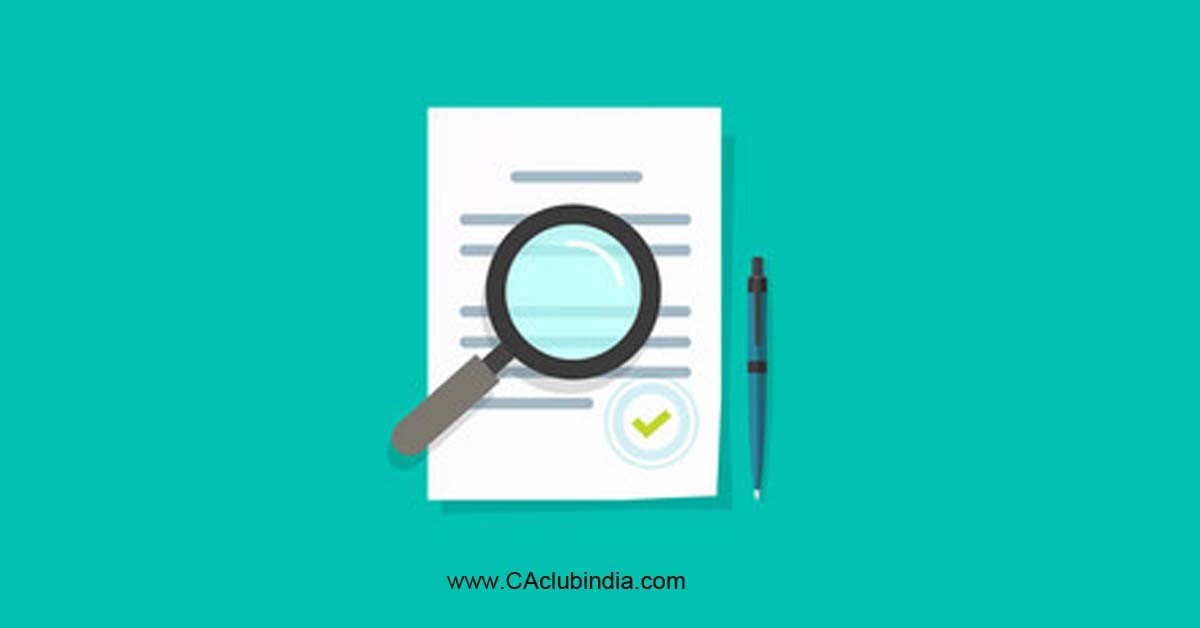Introduction
E-Invoicing under the Goods and Services Tax (GST) regime is a digital invoicing system implemented for specific categories of taxpayers in India. It enables businesses to register and obtain digitally signed Electronic Invoices within the GST framework. In this article, we will discuss all about e-invoicing under GST, who are liable to issue e-invoice, who are exempted to generate e-invoice, benefits, etc.
What is E-Invoicing under GST?
E-Invoicing under GST is a system implemented for certain taxpayers where they can register and obtain digitally signed Electronic Invoices within the GST framework. This setup is specifically designed for Business to Business (B2B) transactions, where invoices are electronically authenticated by the GST Network through the common GST portal. The Invoice Registration Portal (IRP) issues a unique identification number for each invoice, which is managed by the GSTN.

Who is liable to issue E Invoice under GST?
The liability to issue E-Invoices under GST falls upon every registered taxpayer whose aggregate annual turnover has exceeded Rs. 20 Crore in any financial year since 2017-18. It's important to note that this aggregate turnover includes the turnover of all GSTINs associated with a single PAN in India. The E-Invoice information is transferred from the E-Invoice portal to both the GST portal and E-Way bill portal in real-time. This eliminates the need for manual data entry during GSTR-1 Return Filing and generation of part-A of the E-Way Bills, as the information is automatically transferred from the Invoice Registration Portal (IRP) to the GST portal.
Documents required for E Invoicing
The documents that need to be reported to the Invoice Registration Portal (IRP) for E-Invoicing purposes are as follows:
- Invoices issued by the supplier.
- Credit notes issued by the supplier.
- Debit notes issued by the recipient.
- Any other document as notified under the Goods & Service Tax Act that requires reporting as an E-Invoice by the document creator.
Process to Get E Invoicing under GST
Here is the procedure to generate an E-Invoice under GST:
- Generate a regular invoice on the software: Provide all the necessary details such as billing name and address, supplier's GST number, transaction value, item rate, applicable GST rate, tax amount, etc.
- Raise the invoice on the ERP software or billing software: After creating the invoice, upload the invoice details, especially the mandatory fields, to the Invoice Registration Portal. This can be done using a JSON file or through an application service provider (such as an app or a GST Suvidha Provider) or directly via API.
- Generate the Invoice Reference Number (IRN): The Invoice Registration Portal will validate the key details of the Business-to-Business invoice, check for any duplication's, and generate an Invoice Reference Number (IRN) as a unique identifier.
- Create a QR code in Output JSON: Once the IRN is generated, the IRP digitally signs the invoice and creates a QR code in Output JSON format. If the supplier has provided their email ID in the invoice, they will receive an intimation of the E-Invoice generation via email.
- Send details to the GST Portal and E-Way Bill Portal: The Invoice Registration Portal sends the authenticated invoice details to the GST Portal, which auto-fills the seller's GST Return form (GSTR-1). Additionally, the details are sent to the E-Way Bill Portal for seamless integration with the E-Way Bill generation process.
Benefits of E-Invoicing under GST
- E-Invoicing under GST streamlines data reconciliation, reducing mismatch errors between invoices and returns.
- E-Invoices created on one software can be seamlessly read by another, promoting interoperability and minimizing data entry mistakes.
- E-Invoicing allows for real-time tracking of invoices created by suppliers.
- Relevant invoice details are automatically populated for filing GSTR-1 and generating Part A of E-Way Bills, simplifying the GST Return Filing process.
- E-Invoicing facilitates faster availability of genuine ITC, enabling businesses to utilize it more efficiently.
- E-Invoicing provides detailed transaction-level information, reducing the likelihood of audits and surveys by tax authorities.
List of the Taxpayers who are not required to generate e-invoicing under GST
The following categories of taxpayers are not required to generate E-Invoices under GST, regardless of their turnover:
- Insurance companies, banking companies, and financial institutions, including NBFCs.
- Goods Transport Agencies (GTAs).
- Registered taxpayers providing passenger transportation services.
- Registered taxpayers providing services related to admission to the exhibition of cinematographic films in multiplex services.
Conclusion
The E-Invoicing system only requires these taxpayers to report their invoices electronically on the Invoice Registration Portal. So, while the reporting process is digital, the physical printing of invoices with logos can still be maintained.





 CAclubindia
CAclubindia

